Google Ads Server Side Tracking is an advanced way to measure the performance of your ad campaigns without your data being affected by browser restrictions or privacy tools. Instead of placing trackingpixels and cookies directly in your visitors’ browsers (known as client-side tracking), Server Side Tracking sends the data to your own server first.
This means that when a user performs an action on your website, such as clicking on an ad or filling out a form, the information is first sent to your own server before being forwarded to Google Ads. This gives you more control over the data you share with Google Ads and other platforms.
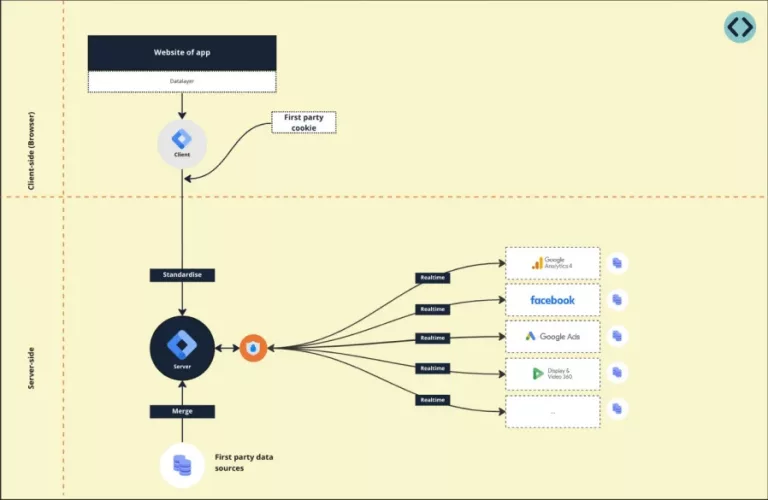
Third-party cookies are a powerful tool for marketers, but a source of privacy concerns for Internet users. More and more browsers, software and smartphones are putting the block on third-party cookies. By 2024, all major players will ban these cookies. Server Side Tracking provides the solution to keep your data recording 100% accurate.
Server Side Tracking is the solution that still allows you to measure how effective your Facebook ads are without violating people's privacy. Server Side Tracking lets you keep your tracking 100% accurate, even without using third-party cookies. This way you can continue to track which ads are successful and which are not, and you can continue to optimize your Facebook campaigns.
Accurate conversion tracking is essential for successful Google Ads campaigns. Unfortunately, with the blocking of third-party cookies, 10-30% of the data is already being missed. This is a problem because platforms such as Google and Facebook rely heavily on algorithms and data. The more marketing data you send to these platforms, the better your results can be.
Server Side Tracking is ideal for enriching your data so you can send it along to ad platforms. The Server Container acts as an HTTP API endpoint, allowing you to send data from a variety of sources to Google Tag Manager, such as your CRM data. This way, you can get additional user data into GTM and co-send it to the ad platforms.
Result ⇾ More conversions in your campaigns.
Server Side Tracking is a powerful tool that helps comply with General Data Protection Regulation (GDPR) legislation. This legislation requires organizations to respect their customers' privacy and protect their personal information. TAGGRS, a Server Side Tracking solution, makes this process easier and more effective.
Server Side Tracking via TAGGRS gives you complete control over what data you share with what software. You can even filter out specific personal data from the tracking, which is a big advantage in terms of privacy protection. TAGGRS has servers around the world, allowing the data to be saved within EU borders, which is also GDPR compliant.
So with Server Side Tracking through TAGGRS, you can ensure that you are GDPR compliant while still collecting and using valuable data to improve your online marketing efforts. You can offer your customers the privacy they deserve while making effective use of the data you collect.
Little known fact: When you include parameters in the URL, for example UTM tags, the cookie's lifetime is limited to 1 day in Firefox and Safari!
Server Side Tracking extends this cookie lifetime, ensuring that all conversions are attributed to the correct source.
In the video below, Lowie verschelden shows step-by-step how to set up Google Ads Server Side.
This is the first step, because you need a server container to manage your server side tags. A server container allows you to place tags on your website without having to change your website's code. It allows you to Administer tags from one central location. We have written a blog of how to set up a good basic setup in 7 steps so you can get started with server side tracking.
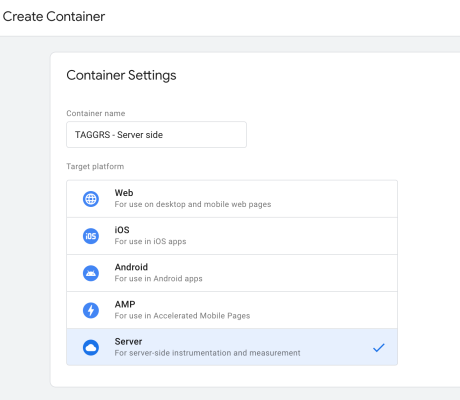
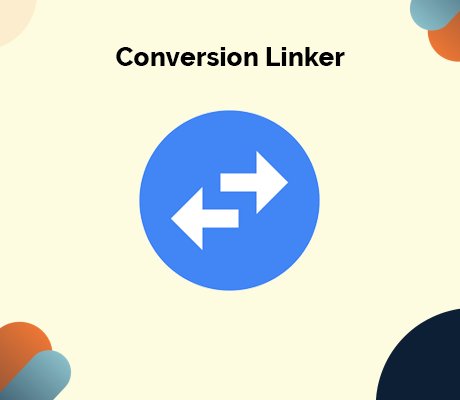
Learn how to install a conversion linker in Google Tag Manager, which helps with attribution and ensures that conversions are accurately tracked. A conversion linker ensures that conversion data is correctly forwarded to Google Ads, giving you better insight into the performance of your ad campaigns.
Tracking conversions from your Google Ads campaigns is crucial to the success of your online campaigns. The Google Ads Conversion Tracking Tag allows you to track what actions visitors perform on your website, such as purchases or filling out forms. This allows you to measure and optimize the effectiveness of your ads and keywords.
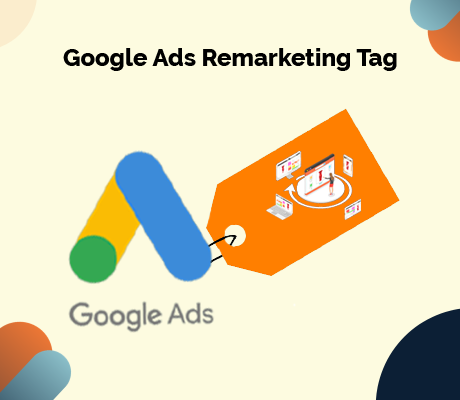
You can easily create a Google Ads remarketing tag with server-side tracking in Google Tag Manager. This tag helps you re-engage visitors to your website with targeted ads, resulting in more conversions and sales. Setting up a remarketing tag with server-side tracking provides more accurate and reliable tracking.
Setting up enhanced conversions via Server Side Tracking can easily be done in Google Tag Manager. By doing this, you send additional data along with it to Google Ads that will help set up your ads better. This leads to an increase in both conversions and sales. The use of Server Side Tracking for enhanced conversions ensures more precise and reliable tracking.
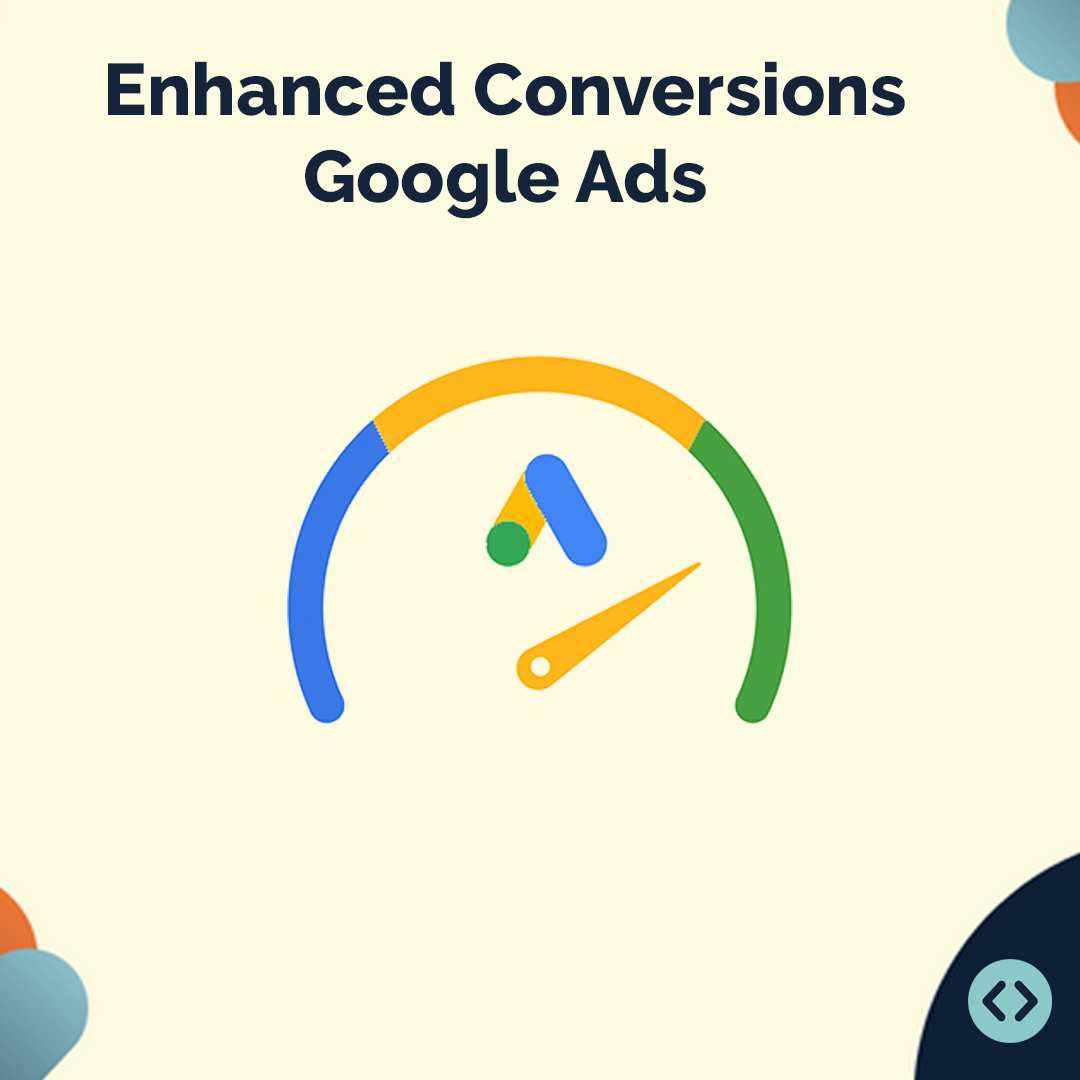
Advertisers are constantly looking for methods to optimize and evaluate the impact of their advertising campaigns. The introduction of Profit Tracking (Profit On Ad Spend) offers marketers an innovative approach. This analytical tool goes beyond the usual ROAS (Return On Ad Spend) by not only analyzing revenue, but also focusing on the profit generated by each euro spent.
Test your settings: Be sure to test your tracking settings to make sure everything is working correctly. This is a crucial step to ensure that you don't have problems with your tracking later.
Yes, Currently, the Google Ads Tag is still the better choice compared to GA4 when it comes to certain tracking functionalities.
Start with Google Ads Server Side Tracking and generate more sales and conversions in a world without third-party cookies.
TAGGRS
Copyright 2024, TAGGRS.
All rights reserved.